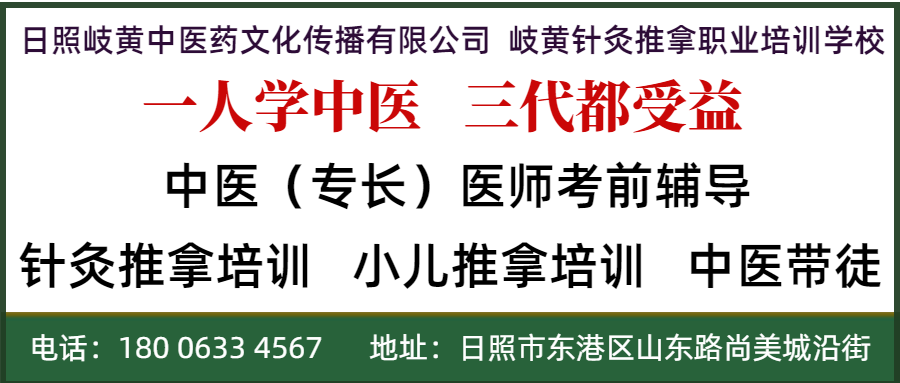

More TCM Knowledge Available on the “Lilai Health” Video Channel
“Lilai Health” lectures are scheduled to meet you every day
Five Points for Stomach Care: “Less, Slow, Mild, Warm, Soft”
Areas Most Vulnerable to Wind-Cold Invasion
In clinical pediatric tuina (Chinese therapeutic massage), it is common to see children with wind-cold invasion presenting with runny noses. I always advise parents to pay attention to keeping warm and avoiding cold exposure. However, many parents look confused, saying, “We dress them warmly enough, how can they still catch a chill?” Today, let’s discuss the areas that are most susceptible to wind-cold invasion: First, the most protective areas are the neck and upper back, especially around the Dazhui (大椎, GV14) and Fengmen (风门, BL12) acupuncture points. These areas are particularly vulnerable to wind-cold invasion, especially in children. Sometimes, even if parents dress them warmly, if the clothing is loose and the collar is low, the Dazhui and Fengmen areas are not adequately protected. When sweating occurs, if the collar is low and the child bends down, wind-cold can easily enter through the collar and cause a chill in the back. I recommend wearing a high-neck autumn shirt for protection. Second, the head is the “meeting of all Yang” and is the area where Yang Qi is most abundant. However, cold pathogens particularly like to invade the Yang Qi of the body, and the head is often the first to be affected. Sudden exposure to rain, washing hair, or sweating on the head, especially in winter without a hat, can lead to wind-cold invasion, resulting in symptoms like headache, heaviness in the head, nasal congestion, and runny nose. Going to bed with wet hair after washing or sweating on the head can also allow wind-cold to invade. I suggest wearing a hat when going outside for protection! Additionally, there is a saying, “Cold starts from the feet.” The subcutaneous fat layer on the soles of the feet is thin and has poor insulation, making them more susceptible to cold. If shoes and socks are wet and not changed immediately, or if children play barefoot on the floor at home, they can also catch wind-cold. I recommend soaking feet in warm water daily; for children, avoid letting them play barefoot on the ground… Therefore, we should keep warm in the three areas: around the Dazhui and Fengmen, the Baihui (百会, GV20) area of the head, and the feet, to prevent wind-cold invasion!

Be Cautious of Wind-Cold Regulate Diet
Preserve Vitality Avoid Anger
——Four Essentials for Health Preservation



